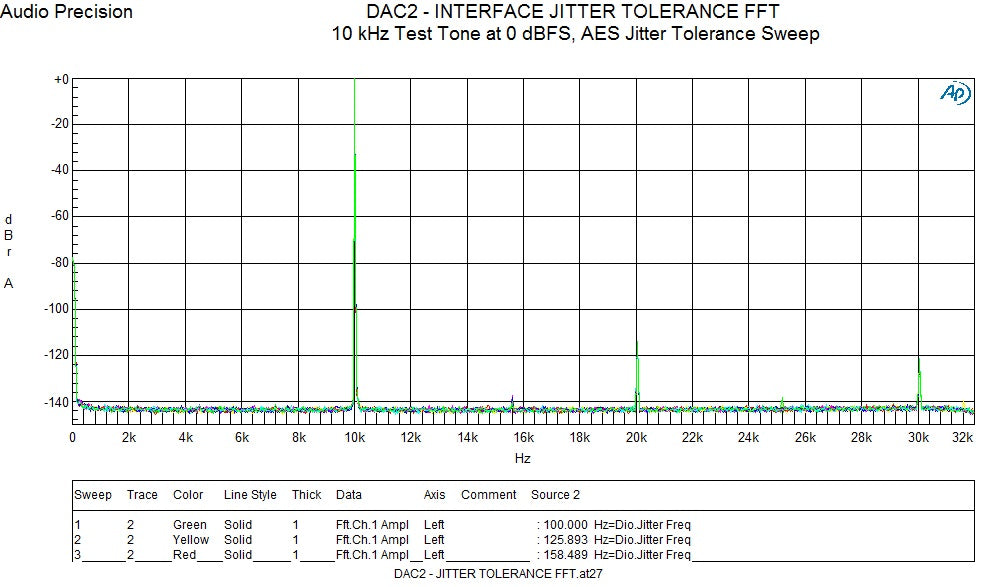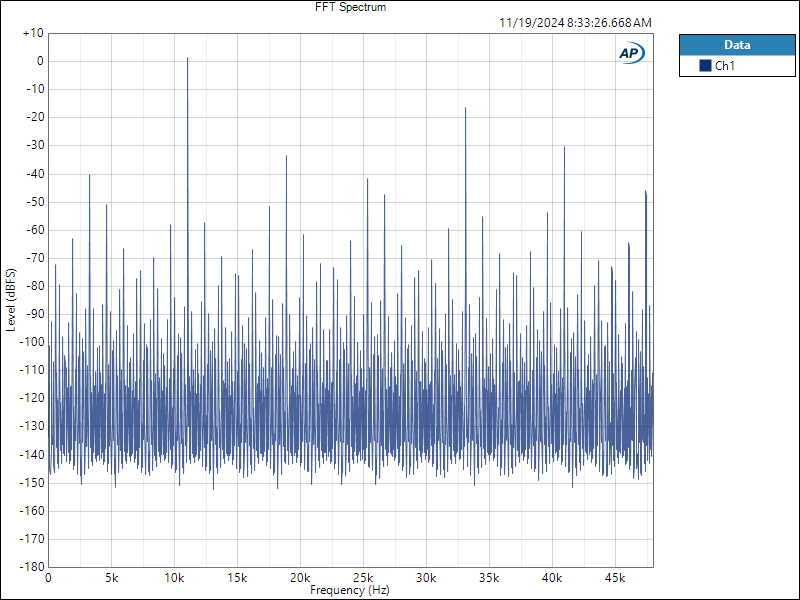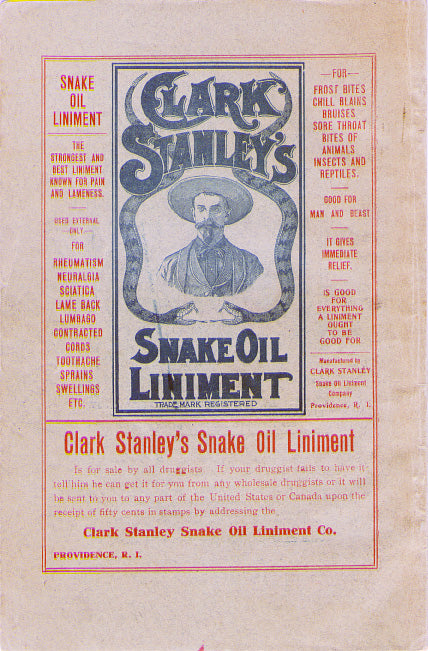Buy one component and save 10% on up to 2 cables. Buy 2 components and get 4 free cables. Free shipping on USA orders over $700.
Buy one component and save 10% on up to 2 cables. Buy 2 components and get 4 free cables. Free shipping on USA orders over $700.
DAC1 Solves Jitter Problems in CD Players with Pitch Control
by John Siau July 02, 2010

Variable-pitch features add versatility to CD players. Unfortunately, these features usually create jitter problems. Benchmark’s UltraLock™ jitter-attenuation system provides a unique solution that is fully compatible with variable-pitch transports.
The Purpose of the Variable Pitch Feature
Variable pitch is a popular feature on professional and semi-professional CD players. The variable pitch can be used to vary the tempo of the music by as much as +/- 15% on many players. In DJ applications the pitch control can be used as a bend control, or for tempo or pitch matching when fading from one song to the next. In live sound applications, small pitch adjustments can allow mixing of CD accompaniments with live instruments where the tuning of the live instruments may differ slightly from the recording. Dance groups often practice new performances at a reduced tempo when they are learning a new choreography. These are just some of the applications for variable pitch, and it is easy to see why this has become such a popular feature on professional CD players.
Variable Pitch Causes High Jitter Levels
Unfortunately, the variable pitch circuitry almost always adds high levels of jitter to the output of the CD player. High jitter levels are often present even when the pitch control is set to “0”. Variable-pitch CD players use a master oscillator that can be pulled +/- 15% (or more) from the nominal sample rate. This oscillator usually has much higher jitter than the fixed-frequency crystal oscillator used in non-variable pitch players. Users of professional CD players expect high performance from these premium-priced machines, but these machines often under-perform because of jitter problems. The jitter performance of most professional players is not specified and consequently it is very hard to make an intelligent decision when selecting a player. Users who don’t need variable pitch will discover that it is very difficult to find a professional transport that does not have a variable-pitch feature.
Benchmark D/A Converters Remove the Jitter
The Benchmark DAC1 and DAC2 family of converters offers a unique solution to the jitter produced by variable-pitch machines. DAC1 converters use Benchmark’s proprietary UltraLock™ jitter-attenuation system. DAC2 converters feature Benchmark new UltraLock2™ jitter-attenuation. Both systems remove virtually all of the jitter on any digital input signal.
Benchmark D/A Converters Lock to Any Sample Rate
Variable pitch systems change the digital sample rate by as much as +/- 15% in order to shift the pitch of the music. This means that most external converters will not operate if the variable pitch feature is activated. In contrast, Benchmark DAC1 and DAC2 converters accept any input frequency between 24 and 195 kHz and are fully compatible with variable-pitch features. Most competing systems are restricted to the standard sample rates (44.1, 48, 88.2, 96, 176.4, and 192 kHz). Any slight deviation (+/- 0.005%) from these frequencies will cause most competing systems to lose lock and/or lose their ability to attenuate jitter. Competing systems that can accept non-standard rates usually have little or no jitter attenuation. In contrast, the Benchmark systems are frequency agile and jitter immune.
A Digital Connection is Required
The DAC1 or DAC2 must be connected to a digital output from the CD player. Fortunately, most professional CD players have digital outputs, and in most cases, these outputs remain active over the entire pitch control range. When this is the case, the DAC1 or DAC2 bypass all of the analog circuitry in the player, removing the jitter, and providing mastering-quality balanced and unbalanced analog outputs. A DAC1 or DAC2 converter will provide a very significant upgrade to any CD player that is equipped with a digital output. This upgrade can be even more significant when performance of the stock player is degraded by the presence of a variable-pitch circuit.
UltraLock™ and UltraLock2™ remove the problems created by variable-pitch circuits without restricting the useful range of the pitch-variation feature.
Copyright© 2010, 2016, Benchmark Media Systems, Inc.
Also in Audio Application Notes

How Loud is the Distortion from Your Power Amplifier?
by John Siau August 08, 2025
Would you put a Washing Machine in your Listening Room?
If the answer is no, you may be surprised to discover that the distortion produced by your power amplifier may be louder than the noise produced by a major appliance.
Don't believe me? Take a look at Stereophile's test reports:
We selected 7 power amplifiers from Stereophile's top list of recommended amplifiers.
We took Stereophile's "THD+N vs. Power" plots for each, and replotted the data in a format that shows the loudness of the THD+N at the listening position.
The results are shocking!
Amplifier THD+N is louder than expected!
The distortion from your amplifier may be louder than a washing machine on the spin cycle, or it may be totally silent. How does yours perform? The answer is hidden in Stereophile's THD+N plots.
This application note reveals the hidden truth:
"The Distortion from your Power Amplifier may be Louder than a Washing Machine!"
I know, it sounds crazy, but this is what the measurements show!

Interpolator Overload Distortion
by John Siau November 20, 2024
Most digital playback devices include digital interpolators. These interpolators increase the sample rate of the incoming audio to improve the performance of the playback system. Interpolators are essential in oversampled sigma-delta D/A converters, and in sample rate converters. In general, interpolators have vastly improved the performance of audio D/A converters by eliminating the need for analog brick wall filters. Nevertheless, digital interpolators have brick wall digital filters that can produce unique distortion signatures when they are overloaded.
10% Distortion
An interpolator that performs wonderfully when tested with standard test tones, may overload severely when playing the inter-sample musical peaks that are captured on a typical CD. In our tests, we observed THD+N levels exceeding 10% while interpolator overloads were occurring. The highest levels were produced by devices that included ASRC sample rate converters.

Audiophile Snake Oil
by John Siau April 05, 2024
The Audiophile Wild West
Audiophiles live in the wild west. $495 will buy an "audiophile fuse" to replace the $1 generic fuse that came in your audio amplifier. $10,000 will buy a set of "audiophile speaker cables" to replace the $20 wires you purchased at the local hardware store. We are told that these $10,000 cables can be improved if we add a set of $300 "cable elevators" to dampen vibrations. You didn't even know that you needed elevators! And let's not forget to budget at least $200 for each of the "isolation platforms" we will need under our electronic components. Furthermore, it seems that any so-called "audiophile power cord" that costs less than $100, does not belong in a high-end system. And, if cost is no object, there are premium versions of each that can be purchased by the most discerning customers. A top-of-the line power cord could run $5000. One magazine claims that "the majority of listeners were able to hear the difference between a $5 power cable and a $5,000 power cord". Can you hear the difference? If not, are you really an audiophile?

